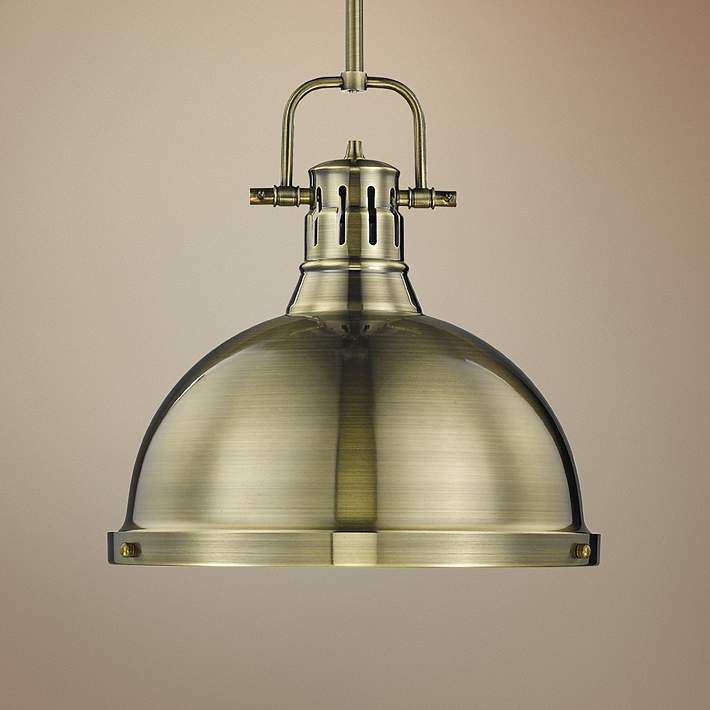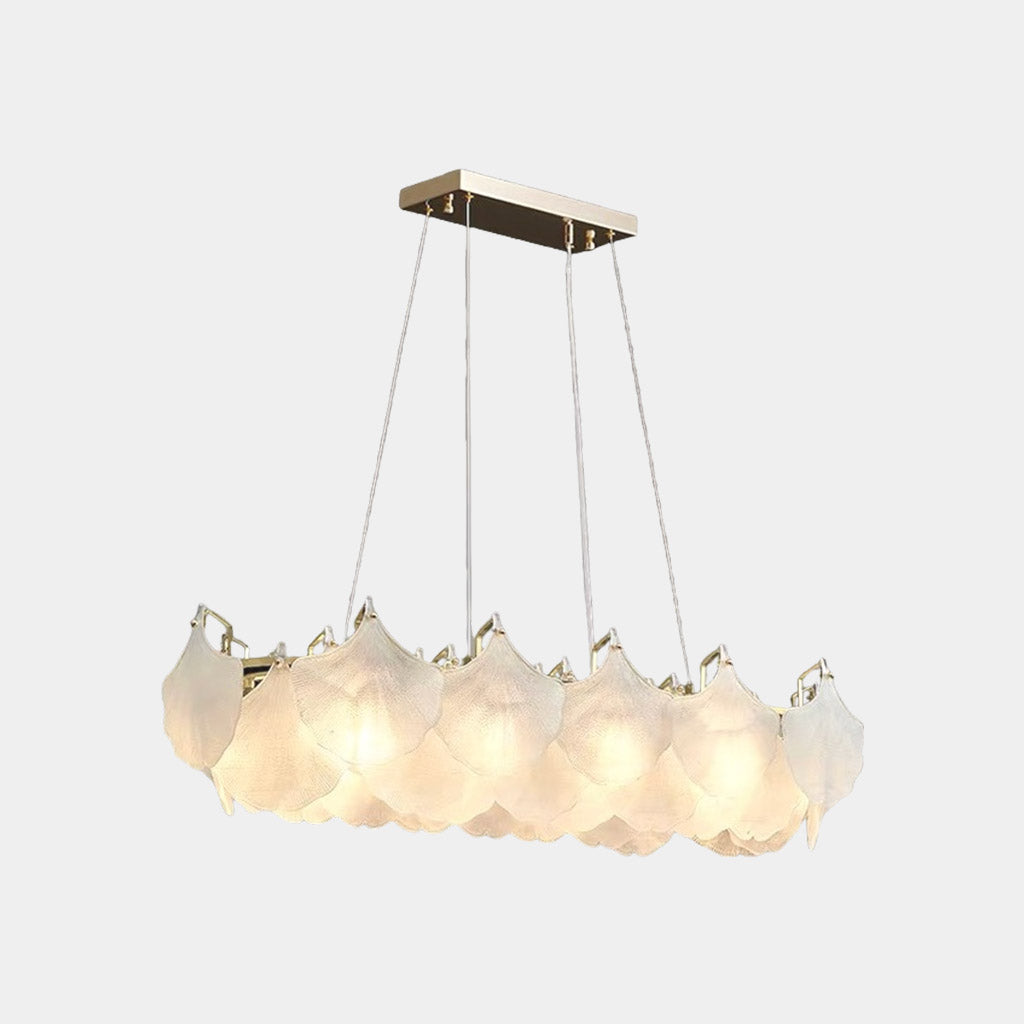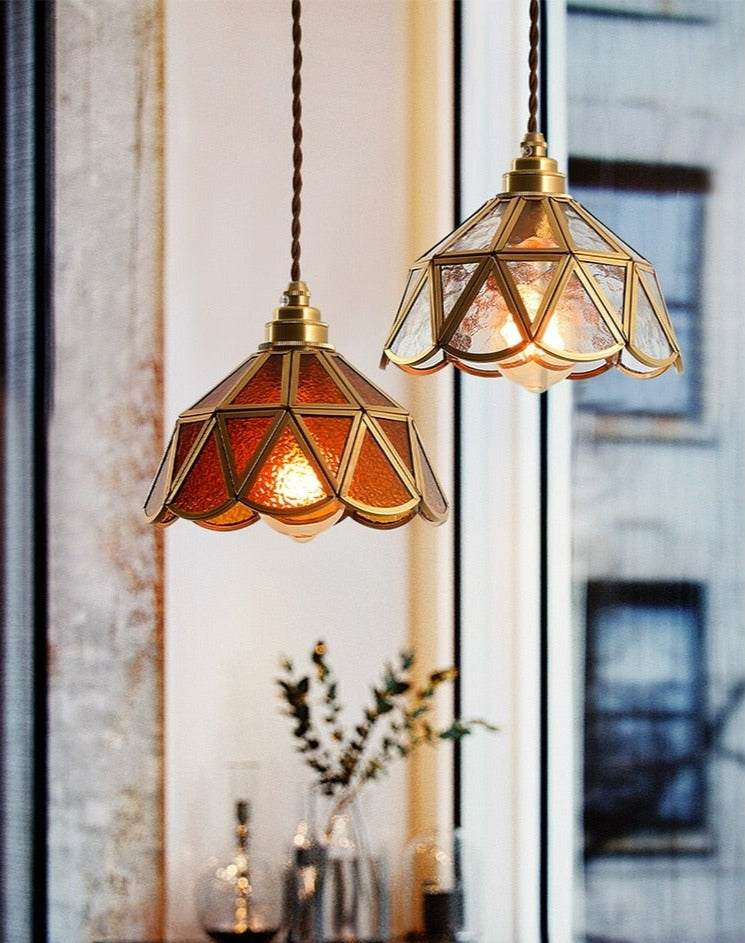The Best Pendant Light Styles of This Year
Wiki Article
A Comprehensive Overview to Installing and Keeping Your Pendant Light
Keeping a pendant and setting up light requires cautious preparation and execution. Appropriate height dimensions can boost both performance and layout. Vital devices and a clear installation procedure are essential for a successful configuration. Routine upkeep assurances durability and performance. Understanding these aspects can change a space. Knowing where to start could seem intimidating. What steps should one prioritize to achieve the most effective outcomes?Comprehending Pendant Light Styles
While many home owners look for to improve their areas with Pendant lights, recognizing the different styles readily available is crucial for making an informed selection. Pendant lights come in a plethora of styles, each offering distinct visual and functional advantages. Conventional Pendant lights usually include timeless shapes and products, such as glass or metal, offering an ageless appeal. Contemporary layouts, on the other hand, may include ingenious materials and vibrant colors to develop striking centerpieces.Industrial-style pendants commonly utilize raw materials like revealed bulbs and rustic surfaces, ideal for loft spaces and modern settings. For a much more wayward touch, vintage-inspired choices stimulate fond memories with elaborate details and retro finishes. Furthermore, minimal layouts concentrate on simpleness and tidy lines, interesting those that like understated style. Understanding these diverse designs allows homeowners to pick Pendant illumination that not just matches their style but additionally offers their useful lights needs successfully.
Measuring the Ideal Height for Your Pendant Light
Exactly how does one identify the excellent elevation for a pendant light? To accomplish the most effective functionality and aesthetic charm, a number of elements should be thought about. Generally, a necklace light need to hang 30 to 36 inches above a table to guarantee enough illumination without blocking views. In rooms with high ceilings, the fixture may be placed somewhat greater to keep symmetry.For kitchen islands, a height of 28 to 34 inches above the countertop is usually advised, permitting ample light coverage while preserving an inviting environment. In living locations, the Pendant needs to be hung at an elevation that enhances the bordering decor and does not produce a threat for people strolling under it.
Inevitably, individual choice and area measurements play substantial roles in figuring out the best elevation. Checking various heights before last installment might assist attain the wanted effect and functionality.
Tools and Materials Needed for Setup
Effective installment of Pendant lights needs a specific collection of tools and materials to guarantee a smooth process. Crucial tools include a screwdriver, wire stripper, and a drill, which help with secure component accessory and proper electrical wiring. A voltage tester is important for validating security by making sure that power is off prior to beginning any electrical work.Along with tools, certain products are essential for installment. These consist of the Pendant lighting fixture itself, electric circuitry, wire nuts for safe links, and mounting equipment. A ceiling hook may additionally be called for, relying on the fixture's style.
For added safety and security and convenience, a ladder will certainly assist within high ceilings, while a level assures that the light hangs uniformly. Preparing these tools and materials in advance streamlines the installation process, making it much more efficient and efficient. Appropriate prep work is important to accomplishing an effective Pendant light installation.
Step-by-Step Setup Refine
With the required devices and materials gathered, the installment process for Pendant lights can begin. The power supply must be transformed off at the circuit breaker to guarantee safety and security. Next, the placing brace needs to be connected to the electrical box in the ceiling. After protecting it, the electrical expert's tape ought to be utilized to cover any kind of exposed wires.Complying with that, the Pendant light's cords are attached to the corresponding cords in the ceiling: black to black (or red), white to white, and environment-friendly or copper for ground. As soon as the links are made, they must be secured with cord nuts.
The Pendant light can then be affixed to the mounting bracket, making sure it hangs at the desired elevation. Ultimately, the light bulb is put, and the power is turned back on at the breaker, allowing the new Pendant light to brighten the room.
Preserving and Cleansing Your Pendant Light
What steps should be taken to guarantee the durability and visual allure of Pendant lights? Regular maintenance and cleaning are essential in protecting their beauty and capability. Dust and dust can build up on Pendant lights, diminishing their luster. To clean, a soft, lint-free cloth or microfiber towel should be utilized, in addition to a gentle cleaner suitable for the surface area product - Pendant Light. For glass or crystal necklaces, a glass cleaner can boost clearness without touchesIt is suggested to turn off the light and permit it to cool down prior to cleansing. In addition, evaluating the fixture for loose light bulbs or links regularly ensures security and optimal performance. Changing bulbs routinely prevents pressure on electric components if appropriate. Keeping a risk-free atmosphere by avoiding direct exposure to moisture can considerably expand the life of Pendant lighting. Adhering to these steps will certainly keep Pendant lights looking their finest while functioning effectively.
Fixing Common Pendant Light Issues
When pendant lights breakdown, a number of common concerns may emerge, consisting of flickering light bulbs, incorrect installment, and voltage changes. Identifying the origin cause is important for effective repairing and making sure peak performance. Attending to these problems without delay can enhance the durability and functionality of Pendant lights fixtures.Flickering Light Bulbs
Flickering light bulbs can be a resource of aggravation for home owners, typically indicating underlying electrical problems or simple upkeep demands. This phenomenon might stem from loose light bulb links, where the light bulb is not securely suited the outlet, our website triggering recurring call (Pendant Light). Additionally, defective or aging bulbs might flicker as they near completion of their lifespan. Another typical reason is irregular voltage, which can develop from concerns within the electrical system or overwhelming circuits. Property owners need to also inspect for harmed wiring, as this can result in flickering and position safety risks. Prompt substitutes and normal examinations are vital to ensure correct functionality and to maintain a secure home environment. Determining the origin promptly can avoid further problems
Wrong Installation Issues
Inappropriate installment of Pendant lights can cause a series of issues that might look like those brought on by flickering bulbs. Typical issues include loosened electrical wiring connections, which can disrupt the circulation of power and result in recurring illumination. Additionally, if the placing brace is not safely attached, the Pendant might hang unevenly, producing an unstable component that can trigger vibrations or sound. Incorrect light bulb types or electrical power can likewise contribute to efficiency problems, as incompatible light bulbs may not operate effectively in the fixture. Lastly, inadequate spacing from the ceiling can develop shadows or lower light distribution, diminishing the desired effect of the Pendant light. Recognizing and attending to these installation errors is vital for achieving appropriate capability and visual appeal.Voltage Change Troubles
Pendant lights can improve a room's ambiance, voltage changes can lead to substantial efficiency problems. These variations might create flickering lights, lowered illumination, or perhaps premature light bulb failure. To identify such issues, one must initially inspect the lighting fixture's compatibility with the voltage supply. Making use of a multimeter can help gauge voltage levels and identify abnormalities. It might be needed to evaluate the electrical system for loose connections or damaged wiring if voltage problems linger. Sometimes, speaking with a certified electrical expert is suggested to ensure safety and conformity with local codes. Correctly addressing voltage fluctuations not just improves the performance of Pendant lights however additionally expands their life expectancy and improves general illumination high quality.Enhancing Your Area With Pendant Light Placement
Reliable Pendant light placement can considerably enhance a room by adhering to suitable height guidelines, ensuring the appropriate lighting level. Layering these lights with other resources can produce a balanced environment, highlighting centerpieces within the area. Achieving an unified look needs cautious consideration of both the component's positioning and its connection with bordering components.Ideal Height Guidelines
When considering the suitable height for Pendant lights, a general standard recommends hanging them roughly 30 to 36 inches above a countertop or table surface area. This elevation enables maximum lighting while guaranteeing that the light does not block sights or create threats. In dining locations, Pendant lights should be placed to boost the eating experience, typically around 28 to 34 inches over the table. For kitchen area islands, maintaining uniformity across several necklaces can develop a natural appearance; spacing them evenly and adhering to the suggested elevation boosts functionality. It is necessary to consider ceiling height as well, as higher ceilings might require adjustments to preserve symmetry and visual allure. Proper height positioning considerably adds to the total ambiance of a space.Layering With Other Lights
As Pendant lights are incorporated into a more comprehensive illumination layout, they can greatly improve the atmosphere of an area. Their versatility allows them to be layered with ambient, task, and accent lights, developing a harmonious balance. As an informative post example, incorporating pendant lights with recessed illumination can provide general illumination while highlighting certain areas. Task illumination, such as under-cabinet lights, can match necklaces in cooking areas, making certain functionality without giving up style. Accent lights, like wall sconces, can further enrich the atmosphere, accentuating artwork or building features. By strategically positioning these lights, property owners can accomplish depth and dimension, transforming a common area right into a beautifully illuminated setting that caters to various activities and state of click over here minds.Prime Focus and Equilibrium

Strategically positioned Pendant lights can function as captivating focal factors within a room, drawing the eye and improving the general aesthetic. When choosing pendant lights, it is important to think about their shade, size, and form to assure they match the existing design. A vibrant, oversized Pendant can produce a striking centerpiece above an eating table, while smaller fixtures might function much better in clusters to achieve a well balanced look. Additionally, positioning Pendant lights at differing elevations can include deepness and aesthetic interest to the space. Preserving equilibrium with various other components, such as furnishings and wall surface colors, will guarantee that the Pendant lights improve the room without overwhelming it. Thoughtful placement changes the ambiance, producing an unified and welcoming ambience.
Frequently Asked Questions
Can I Install a Pendant Light in a Recessed Ceiling?
The question of whether a pendant light can be set up in a recessed ceiling frequently develops. Usually, it is feasible with appropriate installing hardware, making certain proper support and electrical links for secure and effective setup.What Kind of Light Bulb Is Best for Pendant Lights?
When picking light bulbs for Pendant lights, LED choices are often chosen as a result of their power performance and long life. In addition, the shade temperature level must match the wanted setting, with cozy white being a prominent choice for cozy settings.Are Pendant Lighting Safe for Outdoor Usage?

Just how Do I Select the Right Pendant Light Electrical Power?
Selecting the ideal Pendant light wattage includes examining the room's size, wanted brightness, and component compatibility. Generally, reduced electrical powers suit ambient lights, while higher power levels give task illumination, ensuring performance and visual appeal.Can I Utilize a Dimmer Switch Over With My Pendant Light?
The question developed whether a dimmer button can be utilized with a necklace light. Generally, if the lighting fixture and bulb work, a dimmer button can effectively enhance atmosphere and control illumination levels.
When pendant lights malfunction, a number of usual issues may develop, consisting of flickering light bulbs, wrong installment, and voltage changes. Incorrect installment of Pendant lights can lead to an array of issues that may resemble those triggered by flickering light bulbs. Inadequate spacing from the ceiling can produce darkness or reduce light distribution, diminishing the intended impact of the Pendant light. Efficient Pendant light positioning can considerably improve an area by adhering to excellent elevation guidelines, guaranteeing the best illumination level. When picking bulbs for Pendant lights, LED choices are usually preferred due to their energy effectiveness and durability.
Report this wiki page